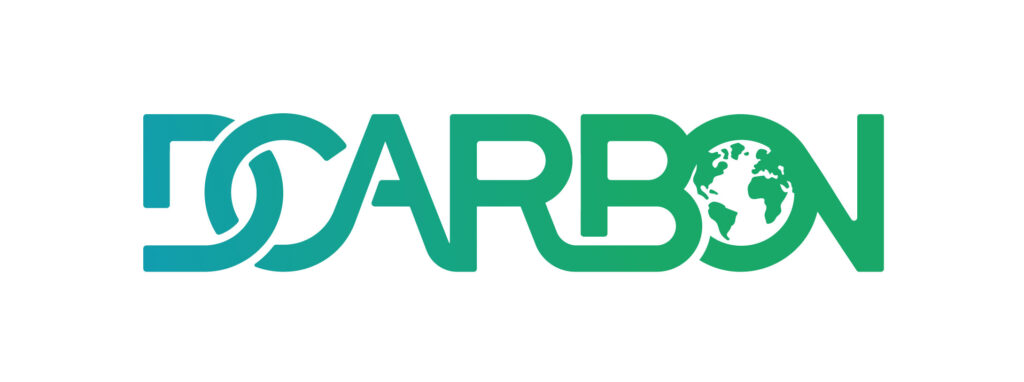You can only improve what you measure
Many companies around the world are assessing their carbon footprints for various reasons including the growth of carbon tax legislation, public disclosure, integrated reporting, or just the realization that it’s good for business. Others use carbon footprint to reduce operational costs. Businesses who measure their carbon footprints are better able to understand, quantify, and manage climate change-related impacts, risks, and opportunities. The collective goal of measuring CFP is to reduce carbon emissions, strengthen disclosure and improve governance on climate change issues. There are several internationally recognized CFP reporting standards that can be followed to assess and disclose CFP. Carbon Footprint assessment measures the total set of greenhouses gases that are emitted at different stages of a product’s life cycle.
Discuss the purpose of CFP Reporting
CFP is a goal-oriented study and it is crucial to set this goal early in the reporting process. In this stage, we work with you to answer the question “Why you are Reporting CFP?”. In answering this question, organizations have several answers such as:
- Demonstrating company compliance.
- Quantifying and identifying emission “Hot Spots” in the organization’s supply chain and managing them.
- Identifying specific company actions aimed at improving GHG performance.
- LCFP is considered as an assurance tool by environmentally concerned stakeholder.
- LCFP computation can use be in marketing the organization.
- Gain an important competitive edge in the expanding carbon emissions industry.
- LCFP quantification, monitoring, and reporting.
Select Suitable CFP Reporting Standard
Depending on your purpose of CFP Reporting, we will support you in identifying and selecting the most suitable CFP Standard. The most popular Standards for reporting CFP are:
- GHG Protocol
- ISO 14044
- ISO 14064
- ISO 14067
- PAS 2050
CFP Computation
We have two approaches towards carrying out Life Cycle Assessment:
- Carry out the complete CFP Computation and Reporting for our clients
- Support our clients through training (CFP Training Hyperlink) and technical support to carry out the CFP study by themselves.
Results Analysis and Recommendation
Our professional experts will work with your people on analyzing the CFP Inventory results and identify the Carbon emissions hotspots along the product/ service life cycle; pinpointing the possible reasons for these hot spots; and figuring out possible approaches to get these emissions lowered and under control.
Prepare and Issue CFP Report
The last stage in the CFP consultancy service is to prepare the CFP Report that meets the requirements of the standards. We will support you in reporting the results to all stakeholders.
The Carbon Footprint Report will include, but not limited to, the following main sections:
- Data Collection & Analysis
- Company Carbon Footprint
- Boundaries And Scope
- Methodology Of Report Development (Depending On The Standard)
- Detailed Emissions Calculations
5.1 Energy Emissions (Electricity, Fuel Consumption)
5.2 Water & Wastewater
5.3 Paper
5.4 Transportation
5.5 Solid Waste Disposal
5.6 Other impacts
- Benchmarking
- Conclusion and Recommendations
- Assurance Statement
- References
Why Dcarbon
Our experts spread the value of sustainability reporting by developing sustainability and carbon footprint reports for companies in Egypt and the Middle East.
Organizational value
We help your business maximize long-term organizational value.
Investors’ value
We help you measure and disclose ESG data to show resilient and sustainable performance to investors and other stakeholders.
Social value
Throughout the reporting process, we assist you in building trust and engage with your people and community.
Results You Can Expect
Connect with Our Team
FILL FORM AND OUR TEAM WILL CONTACT YOU
